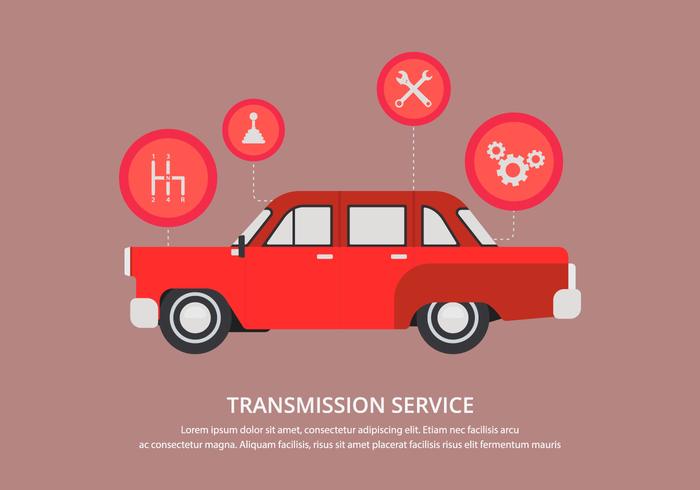Examining Your Cars And Truck'S Caution Indicators: What They Actually Communicate
Examining Your Cars And Truck'S Caution Indicators: What They Actually Communicate
Blog Article
Material By-Boye Stark
When you lag the wheel, those beautiful caution lights on your control panel can be a bit bewildering. Do you recognize what they're attempting to inform you about your automobile's health? Understanding the significance of these lights is vital for your safety and the durability of your car. So, the following time among those lights turns up, would not you intend to decipher its message properly and take the essential steps to resolve it?
Common Caution Lights and Interpretations
Recognize common warning lights in your cars and truck and understand their definitions to ensure risk-free driving.
The most common caution lights include the check engine light, which signals problems with the engine or exhausts system. If this light comes on, it's critical to have your car checked promptly.
The oil stress alerting light indicates reduced oil pressure, requiring immediate attention to prevent engine damages.
A blinking battery light might suggest a defective charging system, potentially leaving you stranded if not attended to.
The tire pressure tracking system (TPMS) light notifies you to low tire pressure, impacting car security and gas efficiency. Neglecting this could lead to risky driving problems.
The abdominal muscle light shows a trouble with the anti-lock braking system, compromising your ability to quit rapidly in emergency situations.
Finally, the coolant temperature alerting light warns of engine overheating, which can result in extreme damage if not dealt with promptly.
Recognizing these usual warning lights will certainly assist you resolve concerns immediately and preserve safe driving conditions.
Importance of Prompt Attention
Understanding the common caution lights in your automobile is only the primary step; the importance of promptly dealing with these cautions can not be highlighted sufficient to guarantee your security when traveling.
When a warning light brightens on your control panel, it's your vehicle's method of communicating a prospective concern that requires focus. Overlooking these cautions can lead to more serious issues later on, endangering your safety and possibly costing you a lot more in repairs.
Motivate interest to alerting lights can protect against malfunctions and mishaps. For example, a flashing check engine light can suggest a misfire that, if left ignored, can trigger damages to the catalytic converter. Addressing this without delay can save you from an expensive repair work.
Similarly, a brake system alerting light could indicate reduced brake fluid or worn brake pads, important components for your security when driving.
Do It Yourself Troubleshooting Tips
If you see a warning light on your control panel, there are a couple of DIY troubleshooting pointers you can attempt before looking for specialist aid.
The initial step is to consult your vehicle's handbook to comprehend what the specific warning light indicates. In https://brakesnearme51739.tokka-blog.com/30502146/extensive-meeting-finest-practices-revealed-by-an-expert-car-detailer can be as simple as a loosened gas cap activating the check engine light. Tightening up the gas cap may solve the problem.
An additional usual concern is a reduced battery, which can set off various alerting lights. Inspecting the battery connections for rust and ensuring they're protected could deal with the problem.
If a caution light continues, you can try resetting it by separating the vehicle's battery for a few mins and afterwards reconnecting it. In addition, examining your vehicle's liquid levels, such as oil, coolant, and brake liquid, can aid troubleshoot advising lights connected to these systems.
car clean service , understanding your automobile's caution lights is vital for keeping your automobile running smoothly and securely. By promptly resolving these signals and understanding what they imply, you can prevent pricey repairs and prospective failures.
Remember to consult your cars and truck's guidebook for certain information on each cautioning light and do something about it accordingly to make sure a hassle-free driving experience.
Keep notified, stay safe on the road!
